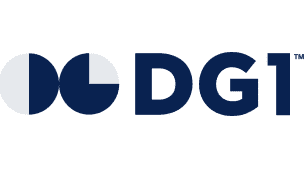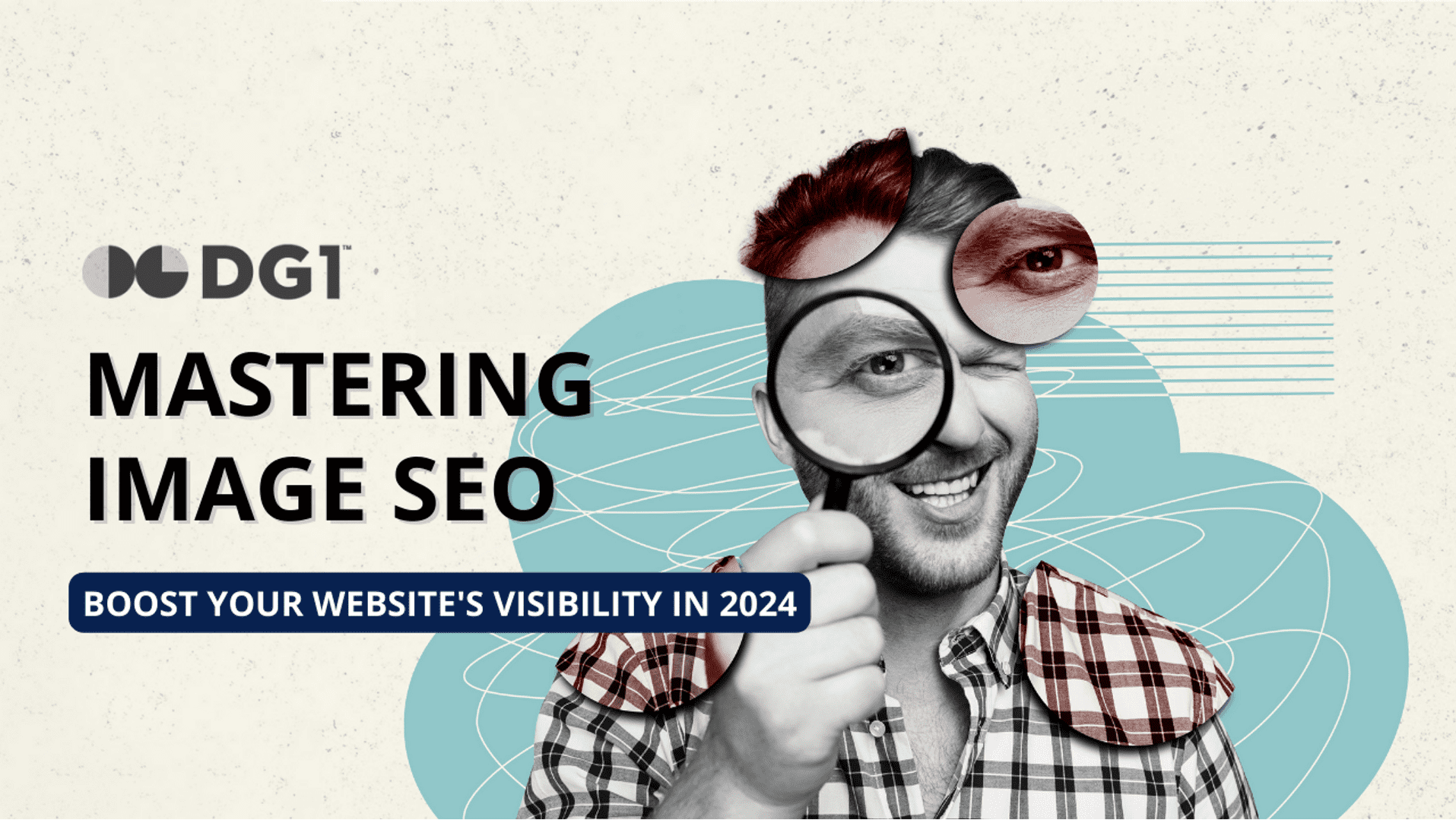In the dynamic digital landscape of 2024, understanding and implementing Image SEO has become more crucial than ever. Optimizing images enhances website performance and significantly boosts search engine rankings. This guide offers a deep dive into Image SEO and provides strategies to improve your website's visibility.
Understanding Image SEO
Image SEO is more than just optimization; it's a vital strategy that boosts your images' compatibility with search engines, leading to enhanced site performance and a better user experience. Consider an online jewelry shop showcasing exquisite, high-resolution photos of its pieces. When these images are optimized for speed and searchability, the site attracts more potential customers and sees an increase in engagement and a decrease in bounce rates. This optimization ensures images load quickly and is easily indexed by search engines, making it more straightforward for your content to reach and engage your target audience.
The Essentials of Image Optimization
Choosing the appropriate file format is fundamental to optimizing images effectively. Take, for instance, a digital art portfolio that leverages PNG to preserve the clarity and transparency of its high-quality images. On the other hand, a photography website might favor JPEG, striking an optimal balance between image quality and file size for its visually rich content. For e-commerce platforms, where the volume of product images is vast, WebP stands out for its exceptional ability to compress images significantly without degrading quality, ensuring the site remains swift and responsive. Furthermore, employing image compression tools, such as TinyPNG, can dramatically decrease file sizes, enhancing site speed without sacrificing the visual integrity of the images. This illustrates the profound impact that even minor adjustments in image optimization can have on improving website performance and user experience.
Alt Text: Making Images Accessible and Boosting Website Visibility
Alt text is crucial for improving website visibility and ensuring everyone can enjoy the web. Consider an online tea shop that uses descriptive alt text like "loose-leaf-green-tea-in-ceramic-bowl" for its product images. This helps search engines understand the content of the images, making the website more likely to appear in search results. Similarly, a fashion store could enhance its online presence by applying alt text such as "summer-collection-blue-floral-sundress" to its imagery. This not only aids SEO efforts by providing clear context for search engines but also offers a vivid, descriptive experience for visually impaired customers, making the site more accessible and inclusive. Employing alt text is pivotal for SEO and is designed to increase online visibility. Also, it enhances the internet's user-friendliness for those who cannot see images by verbally depicting the visual content. By thoughtfully crafting alt text, websites can become more accessible and inclusive, expanding their reach and fostering a more equitable web for everyone.
Image Titles and File Names: Getting the Basics Right
Crafting descriptive, keyword-infused file names and titles is a pivotal SEO strategy. Consider a car rental website aiming to enhance its search engine visibility. By renaming an image from the generic "car5.jpg" to "luxury-suv-rental-los-angeles.jpg," the site dramatically increases the likelihood of appearing in relevant searches. This methodical, detailed naming convention significantly aids search engines in understanding and categorizing the content, directing more targeted traffic to the website.
Similarly, a jewelry shop could elevate its online presence by naming product images with specific details, such as "14k-gold-diamond-stud-earrings.jpg" instead of a generic "item123.jpg." This approach helps search engines index and display the products more accurately and provides potential customers with a clear, enticing preview, likely improving click-through rates. By meticulously selecting file names and titles that reflect the content's essence, websites can markedly improve their visibility and attractiveness to search engines and potential visitors, boosting the site's SEO performance and aligning to deliver a more intuitive and search-friendly user experience.
Leveraging Structured Data for Images
Adding structured data to your images is like giving them a superpower in search. Take an art gallery, for example. By tagging images with info about the artist, what tools they used, and whether that cool painting is still up for grabs, it's a game-changer for getting noticed on Google Images. It's like making your gallery's website a magnet for art lovers cruising the internet.
Imagine you run an online boutique specializing in sustainable fashion. By implementing structured data for your product images, you can provide detailed information like fabric type (organic cotton, recycled polyester, etc.), available sizes, color options, ethical certifications, and the story behind each collection. For instance, tagging images of a dress with details about its eco-friendly material, the inspiration behind its design, and how purchasing it supports sustainable practices makes your offerings stand out in search results. This strategy boosts your visibility on platforms like Google Images and connects with environmentally conscious shoppers who value sustainability in their fashion choices.
Or picture this: You're running an e-commerce shop dedicated to health supplements, and structured data can be a game-changer. When you tag product images with critical details such as supplement type (vitamin, mineral, herbal extract), intended health benefits (immune support, energy boost, stress relief), dosage form (capsule, powder, liquid), and any certifications (organic, non-GMO, GMP certified), you make your products more accessible to discover online. Imagine a customer searching for a vegan, gluten-free protein powder; your structured data ensures your relevant products appear prominently in their search results. This enhances visibility and helps customers make informed decisions, fostering trust and loyalty towards your brand.
Advanced Techniques in Image SEO
Responsive images are crucial in mobile optimization, ensuring they look good on devices of all sizes without unnecessary loading times. An online fashion retailer, for instance, can use srcset to offer different image resolutions, seamlessly catering to both desktop and mobile users. Looking ahead, integrating AI and machine learning for automatic image tagging and optimization represents a frontier for even more efficient Image SEO.
Elevate Your Image SEO Game with DG1
At DG1, we go beyond the basics of e-commerce platforms; we're at the forefront of transforming how your business thrives online. Our advanced, AI-powered platform elevates your Image SEO, ensuring your images appear and captivate search engines and potential customers.
Imagine an online realm where each image is automatically optimized - compressed, and perfectly formatted across all devices. With DG1, the complexity of file formats and compression settings is effortlessly managed. Our intelligent system ensures your visuals perform at their best, maintaining their stunning quality. Additionally, we make adding alt text and SEO-friendly descriptions straightforward, and our AI-powered copywriting tools stand by to create mesmerizing product stories.
Ready for a personalized strategy that aligns with your unique business needs? Our experts are eager to guide you. Schedule a free consultation now and embark on a journey to unmatched website efficiency and visibility. Make 2024 the year your online presence becomes irresistible.


